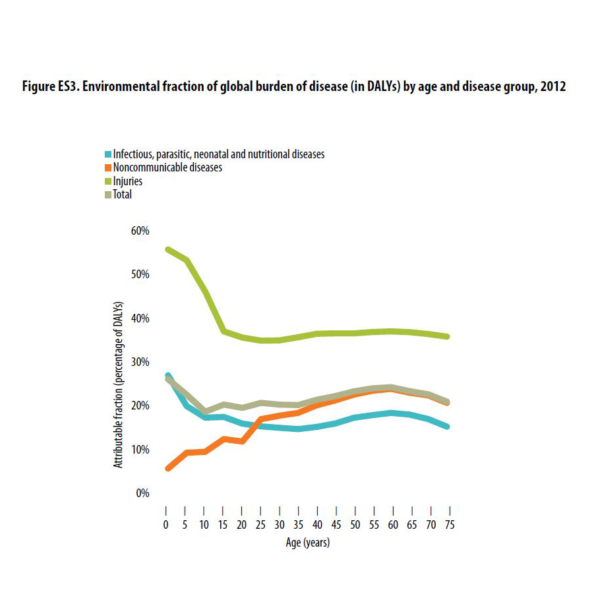RESEARCH: Identifying Environmental Determinants Relevant to Health and Wellbeing in NT Remote Australian Indigenous Communities
The condition of housing has long been associated with the health of people.
Recent research featured in the Australian Indigenous Health Bulletin further proves the importance of ‘Housing for Health’; to identify and repair items around the home that will give the best health outcome, particularly for children under five years old.
The quality of the places where people live and the opportunities for making healthy choices shape people’s health behaviour and their risk factors for health and disease. The World Health Organization (WHO) estimates about 22% of the global burden of disease, and 23% of all deaths are attributable to modifiable environmental factors. Built and social environmental factors are key contributors to health and wellbeing in Indigenous populations.
Where Aboriginal Australians’ health sits
Despite Australia being ranked second on the global Human Development Index preceded by Norway, Aboriginal and Torres Strait Islander Australians have the lowest life expectancy when compared with Indigenous populations in other developed nations such as Canada, USA, and New Zealand. Causes of this disparity are complex.
Indigenous Australians living in remote areas experience a greater burden of disease and higher mortality rates compared to Indigenous people living in rural and metropolitan areas. Moreover, Indigenous people living in remote and very remote areas of the Northern Territory (NT) are disproportionately disadvantaged compared to all other Australian states and territories.
The gaps in life expectancy, mortality, and disease burden between Indigenous and non-Indigenous Australians are primarily driven by preventable infectious and chronic diseases.
This Research
Existing research has rarely examined the role of built and socio-political environmental factors relating to remote Indigenous health and wellbeing.
This research identified built and socio-political environmental indicators from publicly available grey literature locally-relevant to remote Indigenous communities in the Northern Territory (NT). A scoping review of community-focused planning documents resulted in the identification of 1120 built environmental indicators contributing to health, including aspects such as housing, community infrastructure, solid waste disposal and water and power supply.
The built environmental indicators identified in this research may also contribute to a stronger evidence base to address local-level environmental health issues and strengthen the capacity of public and environmental health practice in the NT.









